This post contains affiliate links.

When you’re having problems with your home internet, the most common advice you’ll receive is to reboot your router.
More often than not, this seems to give your internet a boost and clear up any issues you’re experiencing. What most people fail to mention, however, is that you can set your router to reboot automatically.
That’s right. Once it’s set up, you don’t to do anything. Your router will reboot on its own.
So how do you go about setting your router to reboot automatically?
Routers can be set to automatically reboot by accessing the router’s settings page. The router’s reboot schedule can normally be set in the Advanced Settings page. Parameters such as the frequency of reboot and the time the reboot occurs can usually be determined in these settings.
In this post, we’ll look at the benefits of resetting your router, and the steps you need to take to set your router to automatically reboot.
What Does It Mean to Reboot Your Router?
Before we dive into the benefits of rebooting your router, let’s cover what a reboot is.
A reboot is the cycling of power on a device. In other words, it’s turning the device off and then turning it back on after a set period of time.
What Are the Benefits of Rebooting Your Router?
We’re instructed to occasionally reboot many of our electronic devices like our phones, computers, and tablets. Routers are no different.
Why are we instructed to do this?
Rebooting your devices provides numerous benefits.
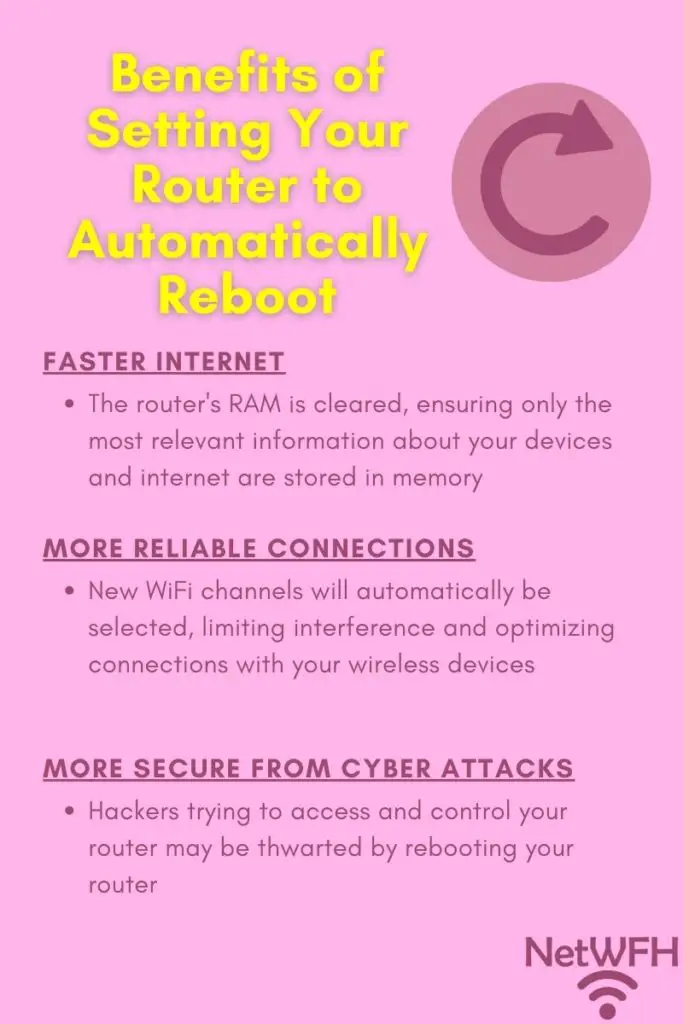
When it reboots, your router:
- Clears its memory to make sure it’s not bogged down by storing useless information
- Automatically selects the best wireless channels to use when communicating with your devices
- May be better protected from cyber attacks
Let’s discuss these benefits further to explain what each of these mean.
Memory Is Cleared When a Router Is Rebooted
Routers are basically scaled-down computers. This means they have storage, memory, and processors that allow it to function, just like your laptop does.
The difference between your laptop and router is that we ask our routers to run 24 hours a day and 7 days a week. Your demands for your laptop are much more relaxed, as it gets powered on and off as you need it.
What are the consequences of this?
The biggest impact this has is on your device’s memory.
Computers (and routers) have memory that gets reset each time the device is powered off. This is called random access memory, or RAM.
While it’s operating your router stores information in RAM such as:
- Information about the devices connected to it
- The fastest ways to send data to different locations
- Any changes to the router’s configuration settings while it’s running
The longer your router is running without being powered off, the more information it will have stored in RAM. Over time, more devices will connect to your router, changes will be made to the router’s configuration, and more information about the best ways to route data will be recorded.
Why is this a bad thing?
Your router has a limited amount of memory. If it runs for a long period of time without rebooting, it can run out of memory. When this happens it won’t be able to work as quickly, which slows down your internet connections.
By rebooting your router, you give its memory a clean slate to work with. It will ensure that any unnecessary information is cleared from memory to make sure it isn’t taking up precious space.
The Best Wireless Channels Are Automatically Selected After a Reboot
We all know that your router provides wireless internet connections to your devices. What’s less known is that there are multiple channels that your router and devices can communicate over.
For example, a router that operates on a 2.4 gigahertz network and 5 gigahertz network (which is the standard for new routers) has 56 different channels it can communicate on. The 2.4 gigahertz network has 11 channels and the 5 gigahertz network has 45 channels.
WiFi channels are like the channels of a hand-held two-way radio, or walkie talkie device. There are some channels that will be congested with other people using them, while others will allow for clear communication because no one is using them. For the best communication, you need to find a channel that doesn’t have any interference.
Routers work the same way.
When your router powers on, it will scan through the available WiFi channels to find the ones that allow for the best connection. It will automatically select the best channels to use and it will use those channels to communicate with your devices.
The problem with this is that your router selects the best wireless channels to use only when it starts up. It doesn’t adjust the WiFi channels it uses while it’s operating because it could confuse your devices.
This presents a problem when other people and devices start using the same channels that your router chose when it powered on. If more people start using the same WiFi channels as your router, it will interfere with your connections. Interference will lead to a slower internet connection for your devices because the communication with your router won’t be as seamless.
By rebooting your router, you can be confident that the wireless channels being used won’t be too crowded by other devices.
Rebooting Your Router Helps Protect Against Cyber Attacks
Back in 2018, the Federal Bureau of Investigation (FBI) asked all United States citizens to reboot their routers. The FBI had information that a cyber attack from a foreign country was trying to gain access to people’s home routers. Rebooting the router prevented the attackers from maintaining access to the devices. This also bought time to update and patch the routers so they wouldn’t be vulnerable to the attack moving forward.
Although this is just one example, it shows how important rebooting your router can be. Cybersecurity has become more of an emphasis in recent years as more and more devices are connected to the internet.
We see news about cyber attacks every day, and this isn’t a trend that’s going to stop any time soon. As a result, you should be doing everything you can to protect yourself and your devices. Even if rebooting your router provides only a minimal amount of added protection, it’s definitely worth the effort.
This is why setting up your router to reboot automatically is so valuable. You can added protection against cyber attacks without having to think about it.
The tricky part about this benefit is that you probably won’t even know if you’re avoiding a cyber attack by rebooting your router. In any case, it should give you peace of mind to know that you may be more secure.
How Often Should You Reboot Your Router?
Rebooting your router is not a perfect science.
Everyone will have a different experience based upon:
- The age of their router
- How many devices they have connected to their network
- The amount of interference from other devices
- How their router is set up
- The reliability of the internet connection with the Internet Service Provider (ISP)
Because of these factors, some people will need to reboot their router more often than others.
I would suggest rebooting your router every few months to start. That is a good place to start.
From there, just monitor your internet’s performance and go from there. If you find that your internet connection is still sluggish at times, reboot it monthly (or more often).
Do some experimenting to find the right schedule for you and your network. With that said, if you find that you have to reboot your router on a daily basis, you may want to think about getting a new one.
You shouldn’t have to reboot your router every day to get it to work properly.
When Should You Reboot My Router?
Finding a good time to reboot your router is pretty easy to do. Just pick a time where you’re not using the internet.
For most people, this is in the middle of the night when they’re sleeping. How often are you awake and using the internet at 3 a.m. on a Monday?
I didn’t think so.
If you work in an office building and are away from home all day, that’s another good window where you can reboot your router.
The thing to keep in mind here is that rebooting your router should take less than 10 minutes. I’m sure there are 10 minute spans throughout the day (or on a certain day of the week) where you’re not using the internet.
Just find the day and time that works best for your internet usage pattern and daily schedule.
How to Automatically Reboot Your Router
In order to set your router to reboot automatically, you’ll need to access your router’s settings.
To do this, start by entering the default address of your router in your browser search bar. You can most likely find the default access location of your router on a sticker on the router itself. For example, the default access location for my TP-Link Archer A7 router is http://tplinkwifi.net.

You can also access your router’s settings by typing its IP address into the browser search bar. If you have a Windows system, you can find the IP address of your router by opening a command prompt window and typing “ipconfig” and pressing enter.
Your router’s IP address will be listed as the default gateway in the resulting information. As you can see, my default gateway IP address is 192.168.0.1. This is the IP address of most people’s routers.

After typing in the default address location or IP address of your router into the search bar, enter your login credentials for your router.
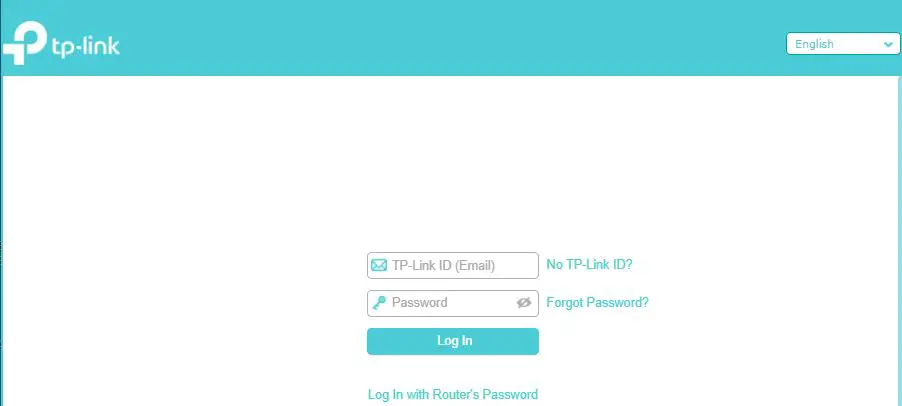
Once you have logged into your router, go to Advanced Settings.
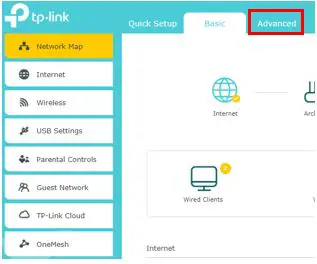
In Advanced Settings, there should be an option to change the system settings for the router.
On my router, this section is called “System Tools”. In Seystem Tools there’s a section called “Reboot Schedule”.
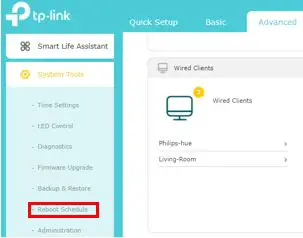
In the reboot schedule settings, you can select the time and frequency that you want your router to reboot.
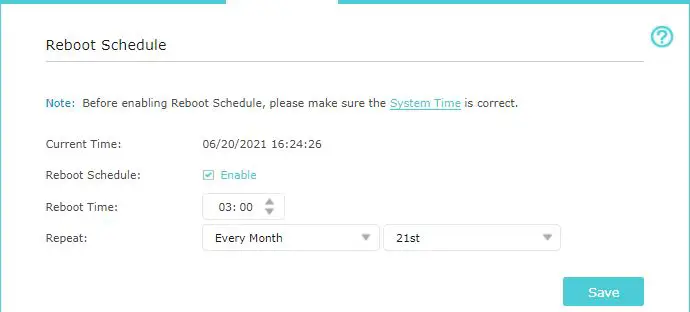
After setting your router to reboot at a time that fits your internet usage schedule, select “Save” to lock in your changes.
Your router will now reboot automatically at the scheduled time without any further action on your part.
How to Reboot Your Router Manually
If for some reason it’s not convenient to reboot your router on an automatic schedule, you can also reboot it manually.
Thankfully, it’s very easy to do. There are different steps you can take to reboot your router depending upon if it has a power button or not.
How to Reboot Your Modem if Your Router Has a Power Button
Look at the back of your router. Check to see if your router has a power button on it. It should look something like this:

If your router has a power button, press it to turn the router off.
Now wait 30-60 seconds and press the power button again. This will turn the router back on.
Once the router has powered up and finished its initial setup, the reboot will be complete.
As an important note, on the back of your router you may notice a “Reset” button. For an example, refer to the picture above. Next to the “Power On/Off” button on my router is a “Reset” button.
This button is not used to reboot your router so do not press it. It will restore your router to its original factory settings and remove any changes you have made to its configuration.
Use the power button or the following method to reboot your router.
How to Reboot Your Router if Your Router Doesn’t Have a Power Button
If your router doesn’t have a power button on the back, locate the power cord. It should be plugged into the back of your router and will look something like this:

Remove the plug from the back of the router to turn it off.
Now wait for 30-60 seconds.
After 30-60 seconds has gone by, plug the power cord back into the back of the router. This will power it back on.
Once the router has powered up and finished its initial setup, the reboot will be complete.
Wrap Up
Setting up your router to automatically reboot on a schedule has multiple benefits. You should now have all the information you need to get your router to do this, if you so choose.
If you have any questions about this information or are having trouble getting your router to reboot automatically, feel free to drop a comment below.
To learn more about your router and how it affects your internet, check out the previous posts:
Does a Router Affect Your WiFi Speed?
What Is the WAN Port for on a Router?
Can a Router Overheat? A Detailed Analysis
